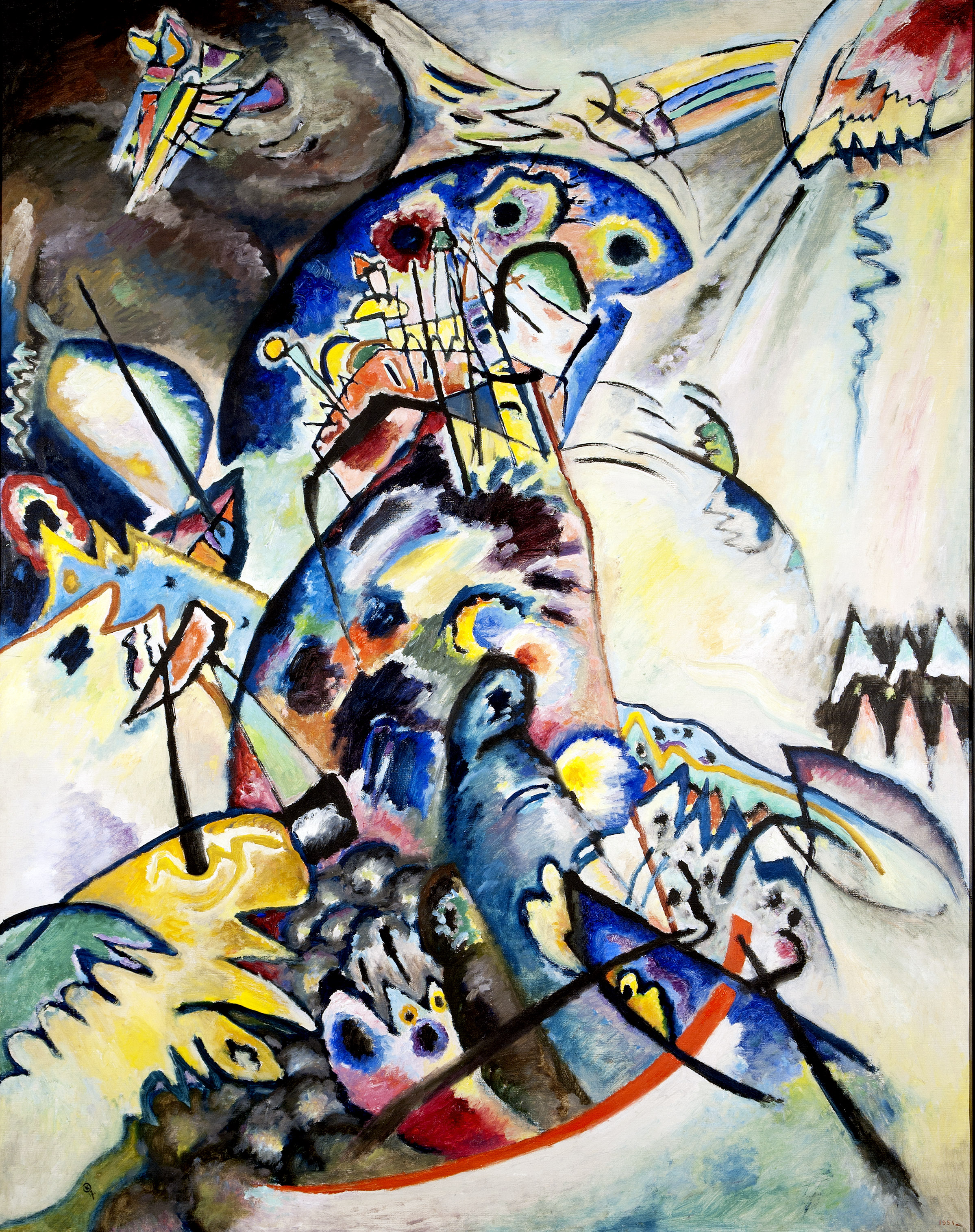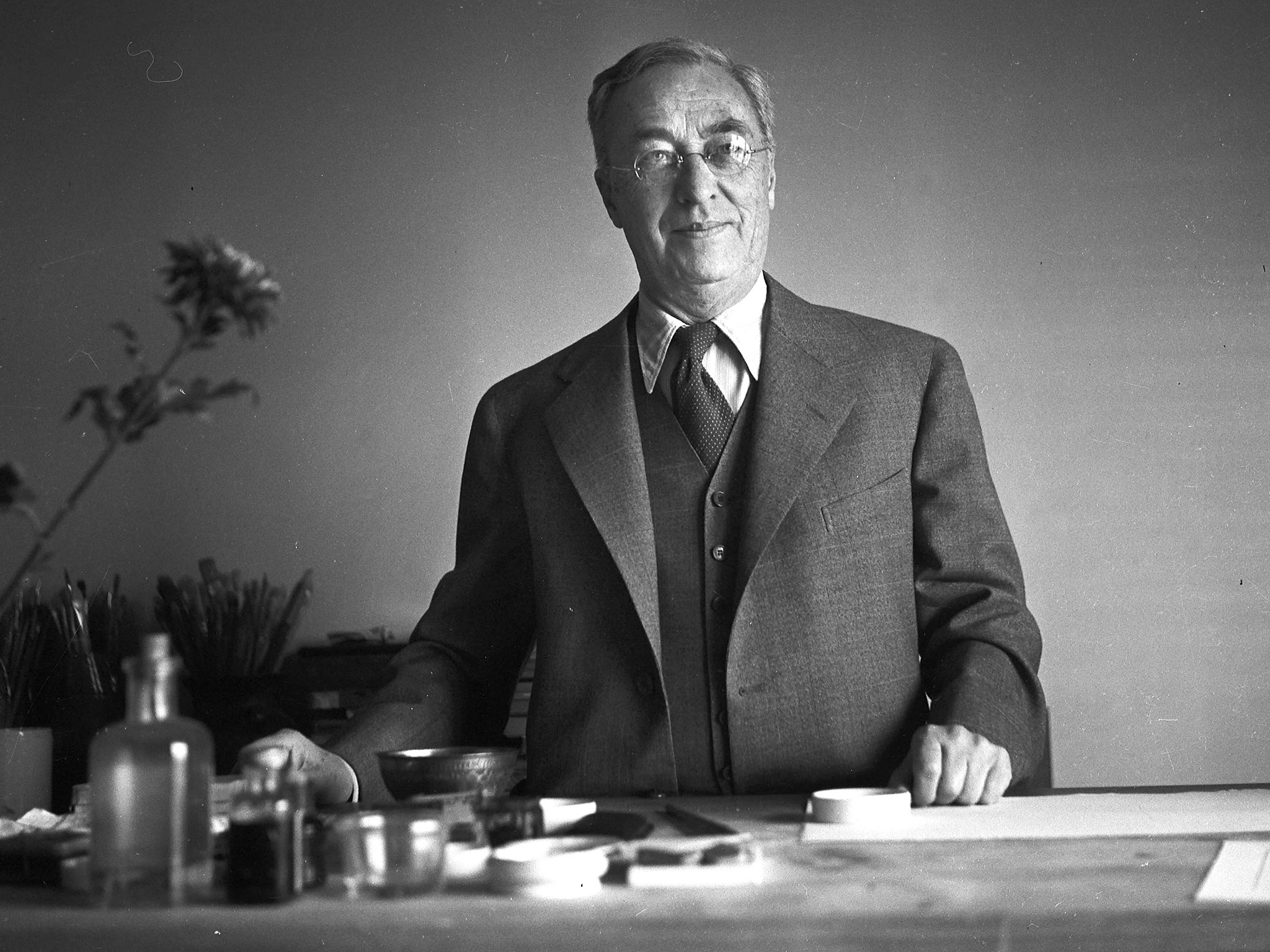Wassily Kandinsky, the father of non-objective art, was born on this day in 1866. Let's celebrate! :) We present today's work thanks to the Russian Museum. :)
As a student, Kandinsky became interested in ethnography, trying to touch the origins of his native culture. In the summer of 1889 there was an event that had a huge impact on the worldview of a law student. On the instructions of the Society of Devotees of Natural Science, Anthropology, and Ethnography, he spent more than a month on an expedition to the Russian North, in the Vologda province. On the pages of the book Steps, he said what shocked him in the Northern villages: the diversity and brightness of indigenous clothing. The interiors of the village houses looked just as striking. As the artist recalled later, when you entered the village hut you seemed to fall into a fairy tale. Impressions from the North dozed at the bottom of his soul, while he continued his studies at the University.
A graduate and post-graduate student of the law faculty of Moscow University, at the age of 30 he stopped working on his thesis and traveled to Munich to receive an art education.
Kandinsky sought to express his feelings through pictorial means with the help of color, line, and abstract form. The narrative did not interest him: "Color is a means of exerting direct influence on the soul. Color is the keyboard, the eyes are the hammers, the soul is the piano with many strings. The artist is the hands that play, touching one key or another purposively to cause vibrations in the Soul."
Created in 1917, Blue Crest presents a drama of shapes, colors, and images. The vortex-like flow of life, the burning of the picturesque "matter" is here an expression of spiritual tension and gloomy premonitions. Tragic notes can be heard in the interlacing ragged black lines that form the frame of the composition. A turbulent dark background looks like a sea storm. Strong waves absorbing and throwing the wreckage and the remains of life forms: boats, domes, bell towers, and churches. Their collision and concentration in the center of the picture, color expression, all these create a feeling of symphonic sound in all its fullness, strength, and power.
P.S. Here's a sneak peek into Kandinsky’s world of Russian fairy tales.


 Wassily Kandinsky
Wassily Kandinsky